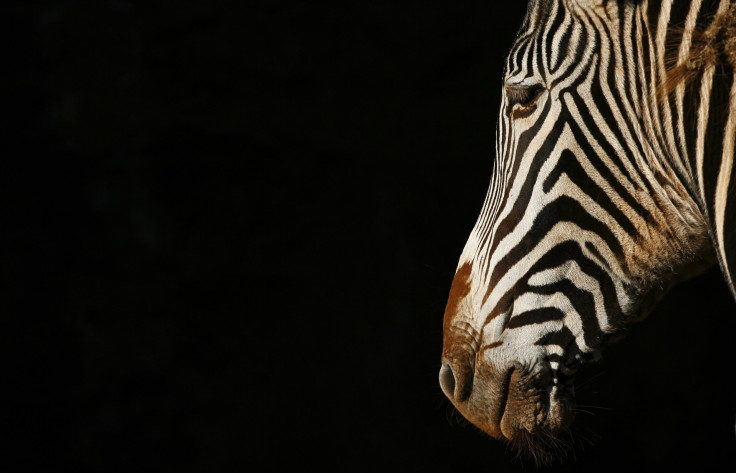Wildbook: Your Vacation Photos Of Animals Can Support Conservation
KEY POINTS
- Wildbook identifies relevant species in photos
- Researchers created an AI agent that scans publicly shared posts for relevant species
- This lets scientists and conservationists gather data that can help with conservation
Researchers are using a new approach called imageomics to help collect information on threatened and endangered animals. With the help of people's vacation photos, artificial intelligence (AI) can identify individual animals, thereby providing valuable data for species.
People may just think about the photos they take of animals during vacations as mementos, but thanks to a team of researchers, these photos may prove to be quite helpful in saving species from extinction. This is because the researchers, who presented at the annual meeting of the American Association for the Advancement of Science (AAAS), have created a system called Wildbook, a project of the non-profit conservation organization Wild Me.
Wildbook uses machine learning to recognize relevant species in photos, whether they are taken by researchers or by tourists on vacation. The system can identify not only the species in a photograph but also the individual animals.
Researchers are analyzing photos of wildlife using #AI to identify & track individuals & offer new insights into their movements, as well as population trends, @OhioState scientist Tanya Berger-Wolf explained in a #AAASmtg presentation today. @OSUbigdata https://t.co/cTtmqDmCZl
— Ohio State News (@OhioStateNews) February 20, 2022
As Ohio State University (OSU) noted in a news release, one of the major hurdles to conservation is the fact that there is not enough data on many threatened and endangered species. Furthermore, wildlife researchers' efforts are typically "underfunded and smallscale," according to Wild Me.
In fact, the status of more than half of the species on the IUCN Red List of Threatened Species is said to be unknown due to the lack of data.
"We're losing biodiversity at an unprecedented rate and we don't even know how much and what we're losing," Tanya Berger-Wolf of OSU, who discussed imageomics and the technology at AAAS, said in the university news release. "We don't have enough GPS collars and satellite tags to monitor all the elephants and answer those questions. But we can use AI techniques such as machine learning to analyze images of elephants to provide much of the information we need."
The researchers created an AI agent that searches publicly shared social media posts for relevant species, OSU noted. These include people's shared vacation photos of creatures such as sharks and zebras.
Through the technology, scientists and conservationists can gather relevant data that can aid conservation, such as population counts, species range and interactions with other species.
There are Wildbooks for many different species. For instance, Wildbook has more than two million photos of approximately 60,000 whales and dolphins that have been "uniquely identified," OSU noted. Meanwhile, the Wildbook for the Iberian lynx so far has 22,475 reported encounters with 559 identified individuals.
The technology has even "enabled the first ever full census of an entire species, the endangered Grevy's zebra in Kenya, using photographs from ordinary citizens."
As Wild Me noted, Wildbook combines "structured wildlife research with artificial intelligence, citizen science, and computer vision" in the fight against extinction.
"We have millions of images of endangered and threatened animals taken by scientists, camera traps, drones and even tourists," Berger-Wolf said, as per OSU. "Those images contain a wealth of data that we can extract and analyze to help protect animals and combat extinction."

© Copyright IBTimes 2024. All rights reserved.












